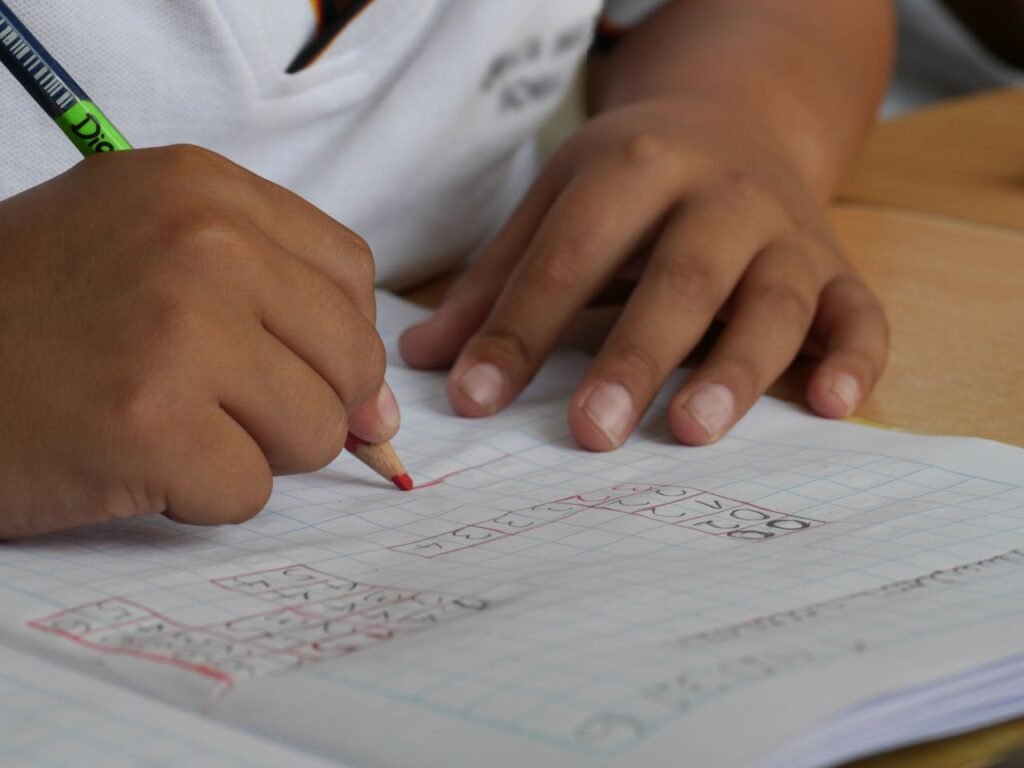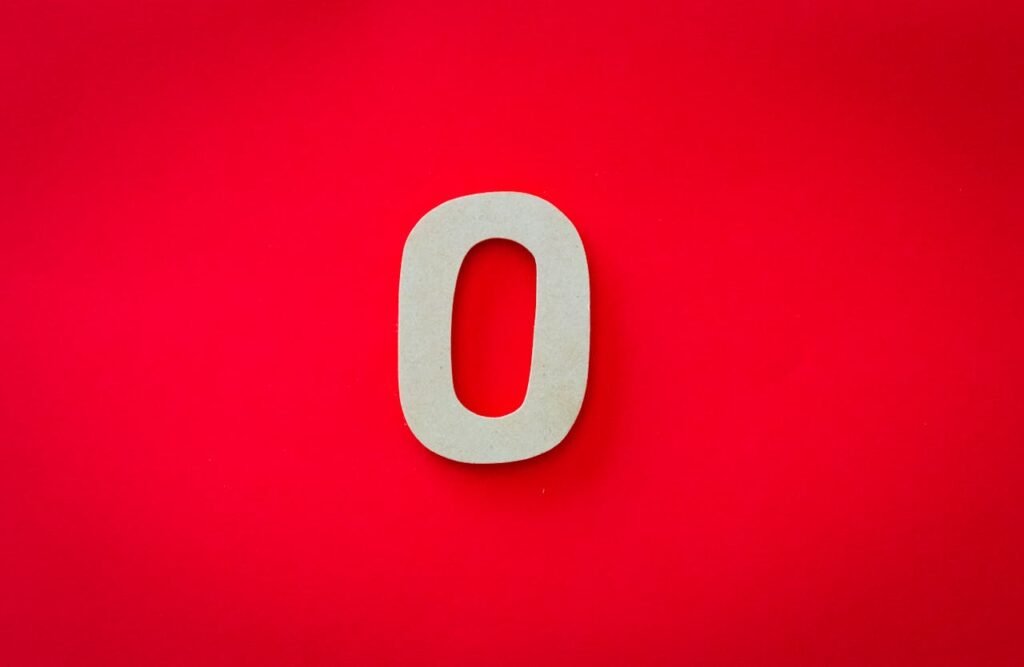Learning to tell time can feel like trying to solve a puzzle—especially when you’re looking at a clock with moving hands and lots of numbers. For many kids, it’s not just confusing—it’s frustrating. And for parents or teachers, it can be tricky to explain something that feels so simple to us, but so new to them.
At Debsie, we understand that telling time isn’t just a school skill. It’s a life skill. That’s why we make it fun, slow, and clear—so that even the youngest learners can feel proud when they look at the clock and say, “I know what time it is!”
In this guide, we’ll walk through how to teach time on an analog clock in a way that’s easy, friendly, and full of little tricks to help the learning stick. No pressure. No confusion. Just clear steps that build confidence one small win at a time.
Step 1: Start With What They Already Know
Before you even talk about the clock, begin with something your child understands—daily routines. Ask questions like:
- “What time do you wake up?”
- “When do we eat lunch?”
- “When do you go to bed?”
These little moments help kids connect time to real things they do every day. If they know lunch is always around noon, that gives them an anchor—a way to feel what time is, before they even look at a clock.
You can even create a “day board” where you draw out their daily routine with simple words and pictures: wake up, breakfast, school, playtime, bedtime. This helps kids see that time is part of their world, not just numbers on a clock.
Step 2: Explore the Clock Face (But Go Slowly)

Now that time feels real to them, introduce the clock—but go slowly. Don’t jump straight to “this is 8:15.”
Instead, hold up a real clock or draw one on paper. Let them look at it. Point out what they see:
- “This is a circle.”
- “It has numbers from 1 to 12.”
- “These are the two hands.”
At this stage, don’t worry about explaining what the hands mean. Just help them get familiar with the shape, the numbers, and how the hands move.
You can even let them move the hands of a toy clock or draw one themselves. This makes it feel more like play—and kids remember better when their hands are busy.
Step 3: Teach the Hour Hand First
Now it’s time to get into the good stuff—but still one step at a time.
Start with the short hand—the hour hand. Tell them:
“This small hand tells us the hour. When it points to a number, that’s what hour it is.”
Move the hand to 1. Say, “It’s 1 o’clock.” Move it to 3. “It’s 3 o’clock.” Do this with a few numbers.
But here’s the trick—don’t go past the hour yet. Don’t mix in the minute hand. Let them master hours first.
You can even play a game: you say a number, they move the hour hand. Or you move it, and they guess the time. Keep it light and fun.
Once they’re comfortable with hours, then—and only then—move to the next step.
Step 4: Introduce the Minute Hand—Slow and Simple
Once your child is confident with the hour hand, bring in the long hand—the minute hand. Now, this part can be a little tricky at first, so go slow.
Start by saying:
“This long hand shows the minutes. When it goes all the way around the clock once, that’s one full hour.”
Let them move it around the clock. Show them how it goes from number to number. Don’t talk about “5 minutes per number” just yet. For now, just let them watch how it moves and notice that when the long hand goes all the way around, the short hand moves to the next hour.
Then say:
“When the long hand is pointing straight up at the 12, we say ‘o’clock.’ That means a new hour is starting.”
So if the short hand is at 4 and the long hand is at 12, that’s 4 o’clock. Keep repeating this with different hours: “What time is this?” Show 2 o’clock, 7 o’clock, 10 o’clock.
This step might take a few days. That’s okay. Repeating this gently helps it sink in without stress.
Step 5: The “Skip Counting by 5” Trick
Once your child understands “o’clock” times, now you can unlock the magic of the minute numbers. This is where the clock gets really interesting!
Tell them:
“Each number on the clock isn’t just a number. It also shows minutes.”
Show them how to count by 5s around the clock:
- 1 = 5
- 2 = 10
- 3 = 15
- 4 = 20
- … and so on, up to 60.
You can clap or snap your fingers as you go around together: “5, 10, 15, 20…” Make it a rhythm. That makes it stick in their memory.
Then, practice finding times like:
- “What time is it when the minute hand is on the 3?” (Answer: 15 minutes past)
- “And the short hand is on 9?” (Answer: 9:15)
At first, this will feel like a puzzle. But keep it playful. If they get stuck, say: “No worries, let’s try again.” The goal isn’t to get it perfect fast—it’s to make it feel doable and fun.
Step 6: Telling Time to the Half Hour and Quarter Hour
Now that your child knows how to read the hour and count minutes by 5s, it’s time to introduce half past and quarter past.
Start with half past. Move the minute hand to the 6 and say:
“When the minute hand is on the 6, 30 minutes have passed. That’s half an hour. So we say ‘half past.’”
If the hour hand is between 2 and 3, explain that it’s half past 2—because we haven’t reached 3 yet.
Make sure to explain that the hour hand moves too—slowly—between numbers as the minute hand goes around. That can confuse some kids, so showing it visually really helps.
Then introduce quarter past (15 minutes) and quarter to (45 minutes):
- If the minute hand is on the 3, that’s 15 minutes past the hour → “quarter past.”
- If it’s on the 9, that’s 15 minutes until the next hour → “quarter to.”
Again, play games with it. Ask:
- “If it’s quarter past 4, where is the minute hand?”
- “If it’s quarter to 8, what’s the next hour?”
Repeat until they feel sure and start smiling when they get it right.
Step 7: Mix It Up – Real Practice With Real Clocks
Once they understand the basics, it’s time to mix it up. Practice all types of times—not just o’clock or half past. Show them:
- 1:25
- 6:10
- 3:45
- 11:50
Ask them to read the time. If they get stuck, guide them step by step:
- Where is the minute hand? Count by 5s to figure it out.
- Where is the hour hand? What number is it closest to?
This part can take time, but that’s normal. Don’t rush. Celebrate small wins. Even if they only get the hour right at first, cheer them on. That builds confidence.
Use real-life moments to practice too. Point to the clock and say, “What time is it now?” Or ask them to tell you when it’s 7:30 so they can start their favorite show. Make it part of everyday life.
Step 8: Help Them Understand “To” and “Past”
Once your child is comfortable reading the numbers and using “o’clock,” “half past,” and “quarter,” you can introduce the idea of “past” and “to.” These terms help kids think about time in relation to the next or previous hour.
Here’s a simple way to explain it:
“When the minute hand is on the right side of the clock, we say minutes past the hour.”
“When the minute hand is on the left side, we say minutes to the next hour.”
Let’s say the time is 3:10. The minute hand is pointing to the 2. That means it’s 10 minutes past 3.
Now move it to the 8. The minute hand is pointing to the 8. That means it’s 20 minutes to 4—because we’re getting close to the next hour.
To make it clearer, draw a line down the middle of a paper clock. Label the right side “PAST” and the left side “TO.” Let your child move the minute hand and guess whether it’s past or to.
Let them get it wrong sometimes—it’s part of learning. Just say, “Close! Let’s try again.”
Step 9: Let Them Be the Teacher
Kids learn best when they get to teach back what they know. Once your child feels a little more confident, let them be the teacher.
Say, “I’m going to ask you to teach me how to read the clock. Pretend I don’t know anything.” Let them show you where the hands go, how to count by 5s, and how to say the time.
You can even act silly and make mistakes. Say something like, “So if the minute hand is on the 9 and the hour hand is just before the 8, that’s 7 o’clock, right?” Let them correct you: “No! It’s quarter to 8!”
This role reversal does two things:
- It boosts your child’s confidence.
- It helps them organize what they’ve learned in their mind.
And most of all—it makes learning feel fun and powerful.
Step 10: Use Storytelling to Make Time Stick
Sometimes, the numbers on the clock don’t feel exciting to kids. That’s why it helps to turn each part of the clock into a little story.
You could say:
“The short hand is the sleepy one. It moves slowly, taking its time. The long hand is super speedy—it runs all the way around before the short hand even moves!”
Or:
“The clock is like a race track. Every number the minute hand passes is another 5 minutes. When it gets all the way back to 12, the hour hand gets to move forward one spot.”
These stories give meaning to the clock. They make it feel like a game or a cartoon, not just a math tool. And when learning feels like a story, kids remember it better.
You can also create your own clock characters:
- Mr. Hour Hand—slow, sleepy, but important.
- Miss Minute Hand—fast and full of energy.
- The Numbers—waiting to be pointed at.
Invite your child to draw a clock with faces or silly names. When they laugh, they learn.
Step 11: Be Patient and Keep Practicing
Learning to tell time is not a one-day job. Some kids take weeks. Some take months. And that’s okay.
The most important thing is to keep the pressure low and the fun high. Let them make mistakes. Let them guess. Keep showing them how to fix it gently. Every time they try, they’re getting better—even if it doesn’t feel that way yet.
Use time words throughout your day:
- “We’ll leave in 10 minutes—can you find that on the clock?”
- “Dinner is at 6 o’clock. Show me where the hands will be.”
- “Your bedtime is half past 8. What does that look like?”
These tiny moments add up. They help time become a part of life—not just a school topic.
And when they finally get it, when they look up and say “It’s 4:45!” with that bright, proud smile—you’ll know it was all worth it.
Step 12: Keep the Clock Visible—and Let Kids Use It
One of the best ways to keep learning going is to have an analog clock somewhere your child can see it often. Not a digital clock—an actual clock with hands and numbers.
Place it in their room, near their study table, or even in the kitchen. Make it part of their world. Each time they glance at it, they’re practicing. It becomes familiar, not scary.
You can also give them a small clock of their own. Let them use it to play “time games” or set it to match what they see around them. Ask them to set it to bedtime, lunchtime, or their favorite show time. These simple actions help them build real confidence.
And don’t forget to celebrate little wins. Every time they get a time right, smile and say, “You’re getting really good at this!” That encouragement sticks.
Why Time-Telling Builds More Than Just Math Skills
When children learn how to read an analog clock, they’re not just learning a math topic. They’re developing real, lifelong thinking skills—and that’s something we care deeply about at Debsie.
Here’s what’s really happening behind the scenes when your child learns to tell time:
🧠 It Builds Logical Thinking
Reading a clock means putting pieces together. Kids need to think, “The big hand is here, the small hand is there… what does that mean?” This kind of problem-solving boosts their logical reasoning, which helps in math, coding, and even writing.
🕵️♂️ It Sharpens Focus and Attention
An analog clock doesn’t spell out the answer. Kids have to look closely. They need to observe both hands, spot the numbers, and figure it out. This improves their attention to detail and their ability to stay focused—both key skills in school and life.
💪 It Builds Confidence, One Win at a Time
The first time a child reads a clock correctly? That smile is everything. At Debsie, we make sure kids get lots of chances to succeed, cheer them on, and celebrate their wins. This builds their confidence—not just in time-telling, but in their own ability to learn anything.
💡 It Helps Kids Understand the World Around Them
Time is part of everyday life—school schedules, meal times, sports, travel. When kids understand it, they feel more in control and independent. They can manage their own routines, feel proud of being “on time,” and start thinking ahead.
How Debsie Helps Kids Learn to Tell Time (and Love It Too!)
At Debsie, we believe that learning should feel easy, exciting, and full of wins—especially when teaching something as tricky as telling time on an analog clock. We’re not just a learning platform. We’re a team of real teachers who know how to make confusing ideas click in a child’s mind—slowly, gently, and with joy. Curiosity helps in learning faster for kids.
Here’s how we do it:
🧑🏫 Expert Teachers Who Break It Down
Our partner teachers are skilled at teaching young children from ages 5 to 18. They know how to explain clock concepts in simple, everyday words—using drawings, stories, and play. Whether it’s a 5-year-old learning “o’clock” or a teen brushing up on time management, Debsie teachers meet kids right where they are.
Every class is structured, but never rushed. We teach one idea at a time, making sure your child feels confident before moving on.
🕰️ Visual, Hands-On Lessons
We don’t just talk about clocks—we show them, play with them, and explore them together. Our online classes use visuals, movement, and interactive tools that help children see and feel how the clock works.
When kids can move the hands themselves, count minutes aloud, or even role-play with their teacher, they’re not just listening—they’re doing. And doing builds deep understanding.
🎮 Learning Feels Like a Game
Debsie lessons are built with gamification in mind. That means your child earns points, completes challenges, and gets rewarded as they move through time-related topics.
Learning to tell time becomes a fun adventure, not a boring worksheet. And when kids enjoy learning, they remember it longer.
📚 Real-Life Practice and Life Skills
We go beyond just reading the clock. We help kids understand how time fits into their day. They learn:
- How to read real-world clocks
- How to plan their daily routine
- How to manage time for study and play
- How to think ahead and be ready
These aren’t just school skills. They’re life skills—and we teach them with care.
🌍 A Global Classroom With Local Support
Debsie students come from over 9 countries, and we adapt our clock lessons to each child’s time zone and learning level. Whether your child is just starting or needs help catching up, we create a custom learning path just for them.
And you, the parent, are never left out. We send regular updates, learning tips, and simple ways to help at home.
Final Thoughts: Time Is a Skill for Life
Telling time is more than reading numbers on a clock. It’s about building focus, memory, patience, and an understanding of how the world works. For kids, it’s one of those big milestones that makes them feel a little more grown-up.
But learning time doesn’t have to be hard—or boring. With the right steps, a bit of creativity, and lots of gentle practice, your child can learn to tell time with pride and joy.
At Debsie, we make lessons like this simple, fun, and unforgettable. Our teachers explain time in a way kids love—with stories, games, drawings, and real-life examples. Whether your child is 5 or 15, we meet them where they are and help them grow, step by step.
📚 Want your child to master skills like time, money, science, math, and more—without the confusion?
🎉 Book a free trial class at Debsie and watch your child fall in love with learning.
Read next:



